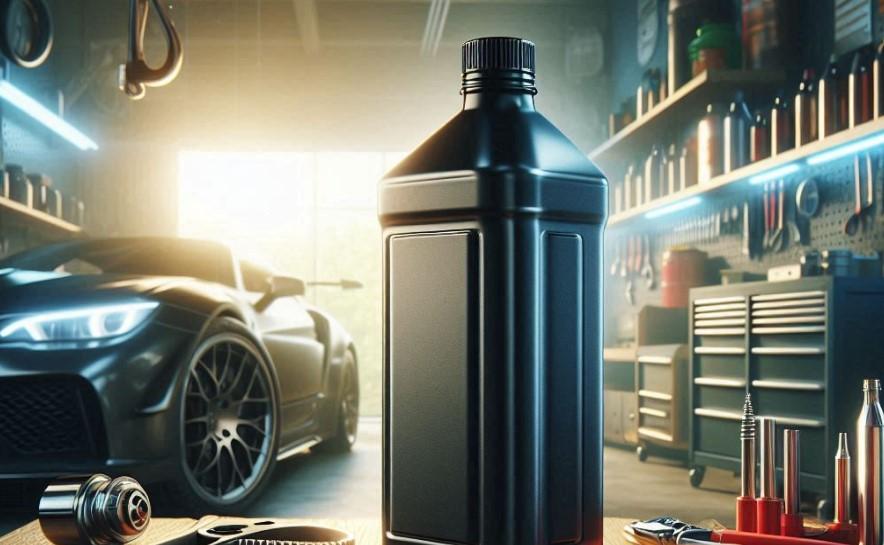Reviews
How often to change the oil in your car engine

The life of the car depends not only on the quality of components and operating conditions, but also on regular and timely replacement of lubricants. How often you need to change the oil in the engine is specified in the documents and this schedule depends on the mileage of the car. But, about everything in order.
Why you should change the engine oil regularly
As many as 4 benefits you get from changing your engine oil regularly:
- More efficient operation of the powertrain. Oil naturally cleans out dirt, debris that can cause fouling over time. Those who don’t change their oil on time are bound to experience a significant change in engine efficiency.
- Fuel Economy. A clean, perfectly running engine provides the best fuel economy. This is only possible with regular oil changes in the powertrain.
- Increased engine life. Dirty engine oil contains particles that increase friction and hence lead to rapid engine wear. Apart from this, oil cools the engine which also increases its life.
- Environmentally friendly. Over time, oil decomposes due to heat, soot forms inside, and the concentration of harmful hydrocarbons harmful to the environment increases in the car’s exhaust gases.
How to determine if the oil in your vehicle has been changed regularly
The easiest way to find out if your vehicle has been serviced regularly is to check the vehicle’s VIN number. This will allow you to compare the mileage and maintenance records, which include the replacement of consumables, including oil.
The history of a vehicle from Arizona (or other states) by VIN is available through specialized online services. The report provides a wealth of useful information to help you make an informed decision when buying a used car.
How long to change the oil in the engine

The frequency of oil changes depends on a large number of factors. As a rule, manufacturers recommend changing the oil once every 12 months. However, the operating mode, season and even driving style can make adjustments. Oil properties can change even if the car is not used at all: viscosity changes, acidity level changes, sludge forms in the oil.
With this in mind, you should remember that lubricants may need to be changed even when the vehicle has not been used. If the vehicle is used regularly, it is simple: the more the vehicle is driven, the faster the additives that protect the engine from wear degrade.
What should be done in this case? Is it necessary to take into account the recommendations given by the manufacturer? Yes, they should be taken into account, but do not forget that the manufacturer gives average figures for normal operating conditions.
How often should I change the oil in my car based on this? Take into account the operating conditions. The condition of the oil is influenced by a large number of factors. With a higher load on the powertrain, the oil will have to be changed before the estimated time. For example, if you use your car for travelling out of town, its operating conditions are close to optimal, i.e. those for which the manufacturer recommends: you drive at normal speed, drive long distances, do not stand in traffic jams.
If your car is used as a working car, i.e. you use it every day, for example, for travelling to work, the oil change schedule may be different. You drive such a car a little – 20-30 kilometres, in the urban cycle you often have to stand in traffic jams, and therefore the engine works without interruption and the odometer readings should be divided by two. Thus, if the manufacturer recommends changing the oil every 10 thousand kilometres, you should do it every 5 thousand kilometres.
Other factors can also affect the condition of the oil. These include:
- high humidity;
- temperature fluctuations;
- high concentration of dust in the air;
- low temperature;
- frequent use of the trailer;
- mountainous terrain.
Therefore, to find out how many kilometres you need to change the oil, you need to take into account its initial quality and the operating conditions of the vehicle. Use our recommendations for calculations:
- If you drive your car mainly in the city and very often stand in traffic jams, travelling at speeds of 20-30 km/h, you should change the oil every 5-7 thousand kilometres.
- If you move mainly on the highway at an average speed, you can follow the recommendations of the manufacturers and change the oil every 13-15 thousand kilometres.
- Regardless of whether you operate the vehicle or not, we recommend that you change the oil at least once a year.
How many engine hours to change the oil: synthetic, mineral oil
There are mineral, synthetic and semi-synthetic lubricants. Mineral oils are rarely used in pure form and must be replaced every 5-7 thousand kilometres. The most popular are semi-synthetic and synthetic oils, although the former are also losing their popularity, as they have more disadvantages. For example, they have few additives that protect the motor from corrosion, they can clog the engine, and the viscosity of semi-synthetic oils depends greatly on temperature. Semi-synthetic oils should be changed every 8-10 thousand kilometres.
Now about the most popular synthetic oils. These are higher-quality compositions that have greater viscosity and resistance to external changing conditions. After how many kilometres to change the oil of synthetic origin? Under optimal operating conditions, ‘synthetics’ can serve up to 30 thousand kilometres. In reality, it should be replaced more often, especially since with prolonged use they can reduce the mobility of piston rings, increasing friction.
How to determine the condition of the oil
Knowing how often to change the oil in your engine is extremely helpful, but what if you don’t know how much mileage your car has done with the current lubricants? You can determine the condition of the oil using the following simple methods:
- Pull out the dipstick and check the viscosity. If it has become very thick and has a consistency similar to tar, the oil must be changed immediately.
- If the oil has not darkened during operation, it does not fulfil one of its functions – to prevent deposits inside the power unit. This is fraught with the formation of congestion in the oil channels, engine failure.
- If during inspection of the oil filler hole you found foam, it is possible that antifreeze has got into the oil and it should be replaced immediately.
To perform a more accurate, so-called drip test of the oil, you need to use heavy white paper. There are colour charts available on the Internet that can be used to interpret the results and determine how often the oil in your car needs to be changed. In brief, the principle of this method is as follows: drip oil from the dipstick onto the paper and wait for about 15 minutes. During this time, the oil drop forms several circles, the appearance of which will allow you to draw conclusions about the condition of the oil.

-

 World1 week ago
World1 week agoEthiopian volcano erupts for first time in thousands of years
-

 Health2 days ago
Health2 days ago8 kittens die of H5N1 bird flu in the Netherlands
-

 Legal7 days ago
Legal7 days agoUtah Amber Alert: Jessika Francisco abducted by sex offender in Ogden
-

 US News6 days ago
US News6 days agoExplosion destroys home in Oakland, Maine; at least 1 injured
-

 Health7 days ago
Health7 days agoMexico’s September human bird flu case confirmed as H5N2
-

 Legal3 days ago
Legal3 days ago15 people shot, 4 killed, at birthday party in Stockton, California
-

 World7 days ago
World7 days agoWoman killed, man seriously injured in shark attack on Australia’s NSW coast
-

 US News2 days ago
US News2 days agoFire breaks out at Raleigh Convention Center in North Carolina




